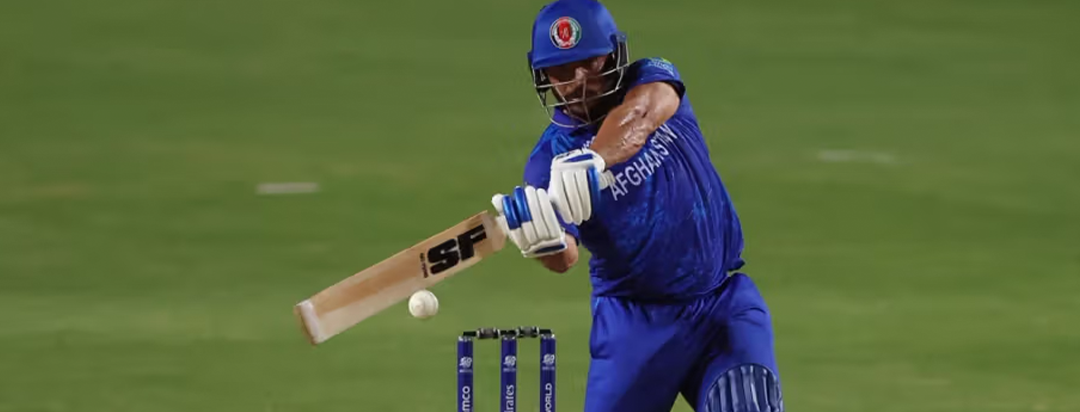

Lorem ipsum dolor sit amet, consectetur adipiscing elit ut liqua purus sit amet luctus venenatis, lectus magna.

One of the first questions that comes up for those new to cricket is deceptively simple: how long does a cricket match last? Unlike many sports with fixed game times, cricket varies dramatically depending on the format being played. A casual neighborhood match could be wrapped up in a few hours, while a professional Test match might span multiple days.
To understand why cricket’s duration is so fluid, it’s essential to look at the different formats of the game and how each is structured.
Test cricket is the sport in its most traditional form. Matches are played over five consecutive days, with each team having up to two innings to bat and bowl. Each day typically involves six hours of play, divided into three sessions with breaks in between for lunch and tea.
Despite the extended duration, it’s not guaranteed that the match will always last the full five days. If one team outperforms the other significantly, the game can conclude in three or four days. However, closely contested Tests often go the distance, with dramatic finishes in the final hour.
As the name suggests, One Day Internationals (ODIs) are designed to be completed in a single day. Each team bats for a maximum of 50 overs (an over consists of six legal deliveries), unless bowled out earlier.
With both innings, innings breaks, and natural pauses in play, an ODI generally lasts around 7 to 8 hours, making it a full-day commitment for players and spectators alike.
For those who prefer a quicker, high-energy version of cricket, Twenty20 (T20) is the go-to format. Each team bats for a maximum of 20 overs, resulting in a total match time of approximately three hours.
T20 cricket was introduced to attract a broader audience by offering a shorter, more action-packed experience. Matches often take place in the evenings and are designed to fit into a standard prime-time slot.
A key factor in cricket’s timing is whether the format uses a limited-overs structure or a timeless innings approach. Formats like T20 and ODI are constrained by a set number of overs, making their lengths more predictable. In contrast, Test matches prioritize the completion of innings, which can vary significantly based on team performances, playing conditions, and weather interruptions.
Even with format guidelines, cricket matches are subject to a few variables that can impact duration:
In Test cricket, days can also have extended play sessions to make up for lost time.
At the recreational or amateur level, cricket matches are often adapted to fit a few hours of available time. Weekend leagues, casual “tennis ball” cricket, or pickup games in parks might be structured to last anywhere from 2 to 4 hours, with flexible rules based on the group’s preference.
Understanding the time commitment involved is key to appreciating the different styles of cricket. Whether you're ready to settle in for a five-day classic or prefer the quick bursts of T20 excitement, cricket offers a rhythm for everyone.


Explore our collection of 200+ Premium Webflow Templates